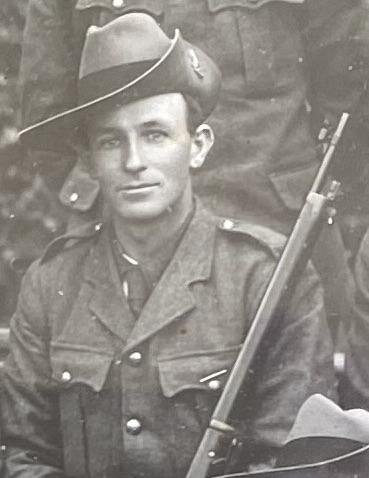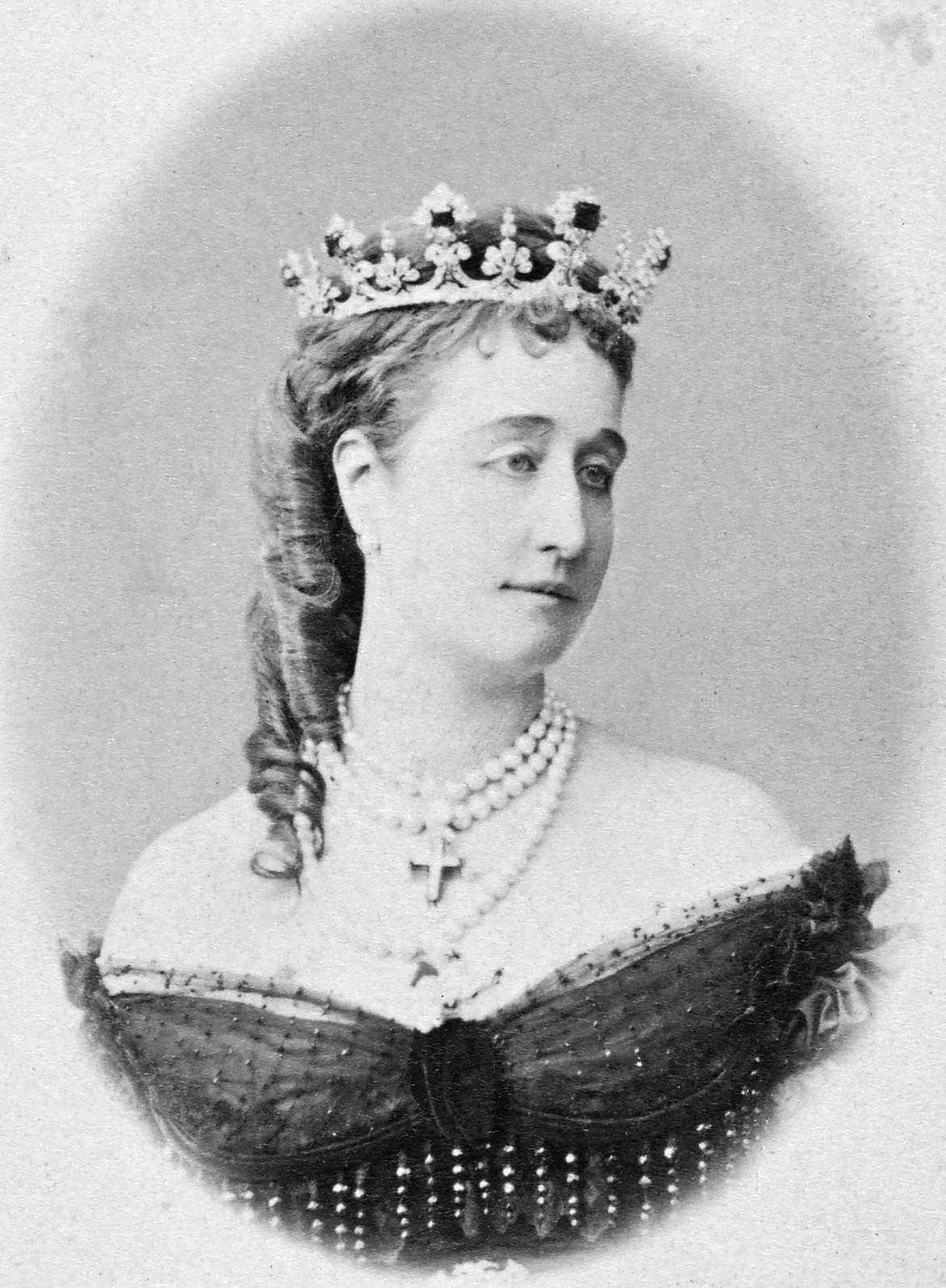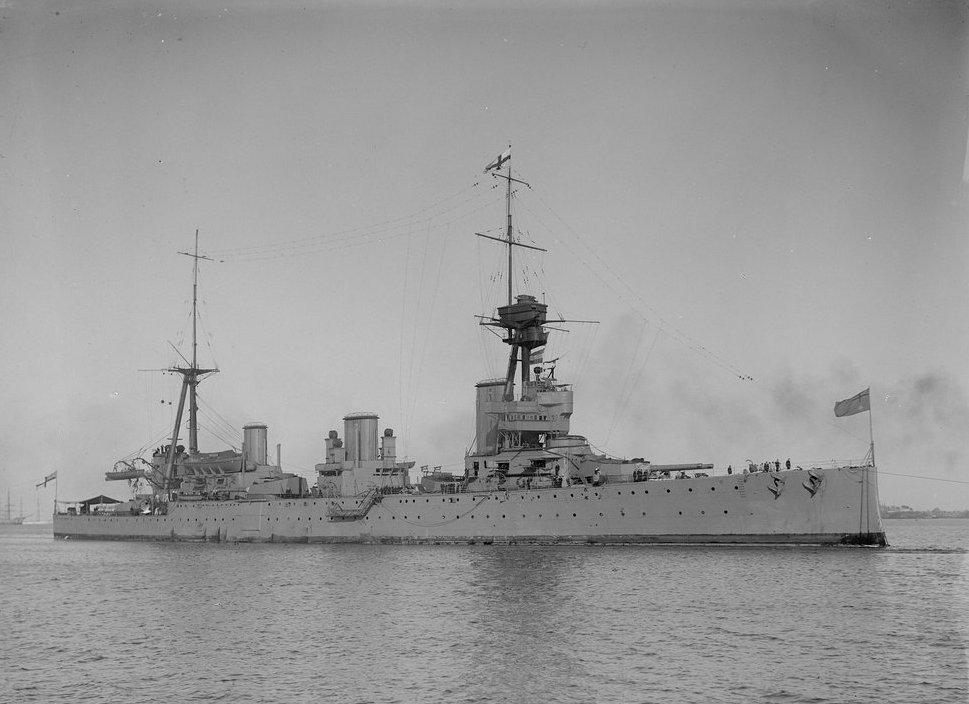On the 5 May 1913 a 34 year old Alfred (Alf) Edgar Harris joined a team of excited Australians on the P&O Steam Ship Malwa destined for England. Alf was the sole Western Australian in the team headed to Bisley, England, to compete in the world’s premier event for full bore target rifle shooting. Alf was no stranger to big events having represented WA in many Commonwealth teams events.

Alf Harris - WA's sole representative in the Australian Team
The 5-week journey took them through the Suez Canal to Plymouth stopping at Marseille, France on the way. It was here that the 87 year old former Empress Eugenie of France joined the SS Malwa. Eugenie was Empress of the France from her marriage to Emperor Napoleon III on 30 January 1853 until the Emperor was overthrown on 4 September 1870. She was the youngest daughter of a senior Spanish aristocrat and by all accounts a beautiful and skilled stateswoman. Her husband, Napoleon III, died in 1873, and her son died in 1879 while fighting with the British in the Zulu War in South Africa. Eugene lived in England and died 1920 age 94.

Empress Eugenie of France
The Empress enjoyed her journey with the Aussies who lined up at the ship's side and gave her a cheer as she disembarked. Eugenie was so impressed with the Aussies that she invited them to visit her at her mansion in Farnborough. The Aussies duly did visit her at her home and Alf recalled that “She conversed with each member of the team and proved a most charming hostess. One of the most interesting features was the museum, which includes three State coaches, with gold-mounted harness, the robes of the Empress Josephine, and hats and uniforms of the Great Napoleon and of the Prince Imperial, who died fighting for Britain in the Zulu war. It is said that the French Government has offered the Empress Eugenie a fabulous sum for these magnificent historical relics, but she refuses to part with them at any price.”
The team then travelled to Bisley by car and were lodged in the Princess Christian's homes, close to the Century Butts on the Bisley range.
The team was supplied with new rifles and commenced practise. But before the competition started, they accepted the invitation of Sir George Reid to be present at the official inspection of the battle cruiser Australia, at Portsmouth. Sir George was Australia’s fourth prime minister and in 1910 became Australia’s High Commissioner to the United Kingdom. HMAS Australia was a battlecruiser and had just been launched as the flag ship of the new Royal Australian Navy.

HMAS Australia
The team’s first match in England was an unofficial one against the North London Club, and it resulted in a victory for Australia by three points. This was considered a good omen heading into the main competition. Alas, the first competition, The Empire Match, shot for on 11 and 12 July 1913 did not go the way they had hoped. Great Britain won with the Aussies 90 points behind followed by Canada. Alf took some confidence from the match though being the top scorer for the Aussies with an average of 46 out of 50 over six ranges. Alf and a Canadian were the only men to score 46 out of the possible 50 at the 1000 yards range. Alf recounted that “Next came the Mackinnon Cup, for teams of 12, from all parts of the Empire, 15 shots each at 900 and 1000 yards. Fifteen shots at such long ranges proved a very trying ordeal. The shooting here again was very keen, and at the close of the first range. Australia was holding third position, three points behind Scotland, which was leading, with Great Britain second.
At the longer range the Australians shot most consistently, and overhauled all the others, eventually winning by 29 points from Great Britain. Blacklow, of New South Wales, was top scorer with 134, White of South Australia second with 132, while I was third one point behind. Blacklow, who made 70 out of the possible 75 at the 1000 yards range, showed wonderfully improved form, as he shot indifferently in the Empire match, and made five misses at the 1000.”[i]
[i] Kalgoorlie Western Argus (WA : 1896 - 1916), Tuesday 9 December 1913, page 14

Australian Team at Bisley 1913
Winning the MacKinnon Cup was the highlight of the tour. The Aussies shot well in the following match, The Kolapore Cup, and at times were within a hairs breath of winning it. Great Britain eventually won. Alf shot very well and of the three matches contested he ended up with highest aggregate of the team. In his own words “I was one of the proudest men on the range”.
Then came the individual matches with several of the Australians shooting well. Bill Garrity of the Fremantle Rifle Club, who made the trip as an emergency for the team, finished thirteenth in the Daily Telegraph match, after shooting off with a number of others. Garrity did well throughout the individual contests winning several prizes.
Alf also shot well. There were 1000 shooters for the first stage of the St George match, 10 shots at 600 and 15 at 900 yards. Alf managed to get through to the final 100 shooters for the second stage. Unfortunately, a bird ( a score of 3 for the shot) on his last shot at 900 yards relegated him to 7th position. However, he was the only member of the team to win a badge in this event.
1030 shooters lined up for the Kings Prize. Scores of better than 91 out of 105 were required to get into 300 shooter group for the second stage. Alf didn’t quite make to the final 100 shooters for the last stage. But 9 Aussies did get through with Blacklow 6th and Halliday 8th.
Alf was born in c1879 in Moonta, South Australia. He and his brother were accomplished musicians. When he was 10 years old Alf was a member of a Fife and Drum band that was given the honour of opening the second part of the Independent Order of Oddfellows Loyal Hamley Lodge Festival at East Moonta Recreation Ground. The local newspaper reported they played the Blue Bells of Scotland "in a style that reflected great credit on themselves and met with the appreciation of the audience”. Alf continued with his music when he moved to Boulder where at one time he acted as drum major to a goldfields band at the Albany Band competitions.
Alf commenced his shooting in 1904 with the Goldfields Infantry Regiment, and in the following year took part in the second annual National Rifle Association (NRA) prize meeting (competition) held in Western Australia. He had the distinction of making the first hundred over the goldfields range, which he did in 1905. He was captain of the Boulder club from 1905 to 1914.[i]
He was appointed to the WA team in 1910 and in 1912 he led the West Australian team to Hobart where they were the first WA team to win a Commonwealth match. While Alf never won a Kings Prize (the premier annual competition) he won the Grand Aggregate (the total of the Kings Prize and associated competitions) in 1912 and 1921. He was a member of 10 State teams.
He moved to Perth during WW1 and joined the East Perth Club where he was club champion five times. He led East Perth to many wins including the NRA of WA Swan Brewery Cup in 1925.
[i] Such was his fame in Boulder that when he won a prize in 1908 at Brennan Bros, a soft goods store, the company advertised “…the winning number of Thursday’s prize (no. 103) has been claimed by Alf. Harris, 134 Wittenoom street, Boulder. Mr. Alf. Harris is the well-known rifle shot of W.A.”

NRAWA (now WARA) Swan Brewery Cup 1925 - Winners version of the perpetual Cup
Alf was a train driver and there was a great shock when he collapsed soon after he left his home at Maylands riding a bicycle to work on 29th June 1936.
Alf Harris was one of the most accomplished target shooters in our sport. As a lasting legacy he left this summation of what rifle shooting meant to him “Rifle shooting, like cricket, brings the best out of a man, and besides being a sport, is a national asset. It needs the best qualities of a man to make a good shot, and these include patience, steadiness of nerve, good eyesight, and keen judgment, backed by assiduous practice. This means, too, that the rifleman must lead a steady life, and, above all, must not be discouraged by early failures.”[i]
[i] Daily News (Perth, WA : 1882 - 1955), Wednesday 1 July 1936, page 7